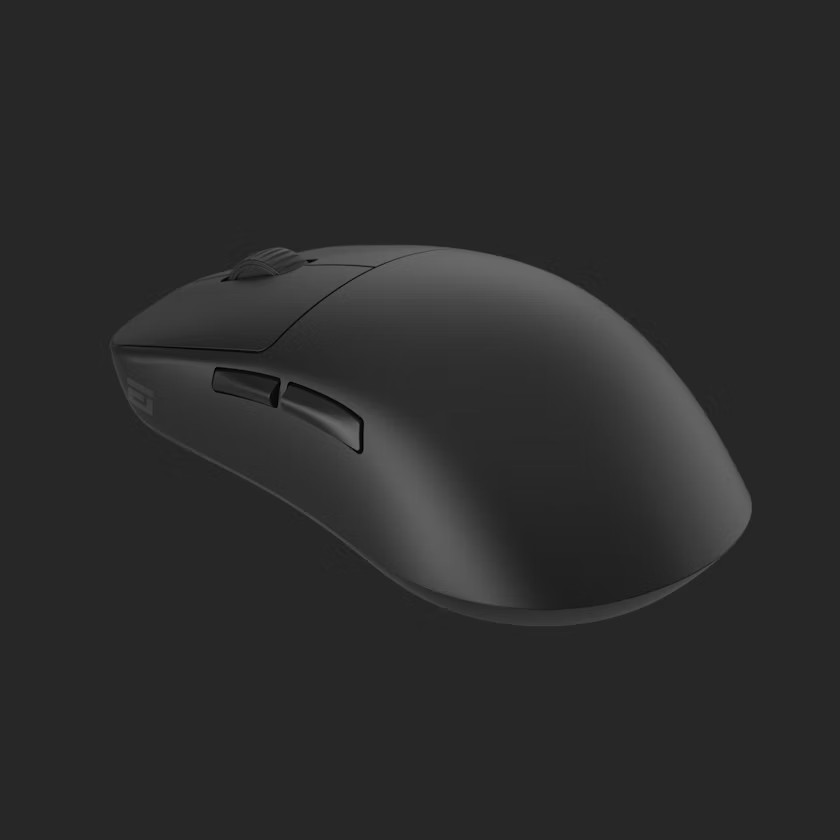In the rapidly evolving world of cybersecurity threats targeting consumer hardware, German gaming peripherals manufacturer Endgame Gear has issued a stark warning to its users: the official configuration tool for its OP1w 4k v2 wireless gaming mouse was compromised with malware. The infection, which persisted on the company’s website from June 26 to July 9, 2025, exposed unsuspecting customers to a remote access trojan known as Xred, potentially allowing attackers to gain unauthorized control over infected systems. This incident underscores the vulnerabilities in supply-chain attacks, where legitimate software distribution channels become vectors for malicious code.
Endgame Gear, known for its high-performance mice favored by esports enthusiasts, confirmed the breach after independent researchers and affected users raised alarms. The malware was bundled within the downloadable configuration utility, a tool essential for customizing mouse settings like DPI and polling rates. Once installed, Xred could establish persistent backdoors, harvest sensitive data, or facilitate further exploits, according to reports from cybersecurity experts.
The Scope of the Compromise
Details emerging from multiple sources paint a picture of a targeted attack that evaded detection for over two weeks. As reported by BleepingComputer, the infected software was hosted directly on Endgame Gear’s official site, affecting an unknown number of downloads during that window. The company has since removed the tainted files and advised users to scan their systems with antivirus tools, but the delay in response has drawn criticism from the security community.
Further analysis reveals that Xred is a novel strain of remote access trojan, designed specifically for Windows environments. It exploits common user behaviors, such as downloading peripheral drivers without secondary verification. TweakTown outlined steps for users to check for infection, including monitoring unusual network activity or running malware scans with tools like Malwarebytes. Endgame Gear’s statement emphasized that only the OP1w 4k v2 tool was affected, but this has not quelled concerns about broader implications for the gaming hardware sector.
Industry Repercussions and Response Strategies
The breach highlights a growing trend of cybercriminals targeting niche tech manufacturers, where security protocols may lag behind those of larger firms. In a similar vein, TechSpot noted that customers first discovered the issue through anomalous behavior in their systems, prompting Endgame Gear to investigate. The company has promised enhanced security measures, including third-party audits of its download servers and multi-factor authentication for uploads, to prevent future incidents.
For industry insiders, this event serves as a case study in the perils of trusting official sources blindly. Cybersecurity firms like those cited in SC Media describe Xred as part of an emerging family of malware that blends trojan capabilities with data exfiltration tools, potentially linked to state-sponsored actors or organized crime. Endgame Gear’s transparency, while belated, could set a precedent for how smaller vendors handle such crises.
Lessons for Hardware Manufacturers
Experts recommend that companies implement rigorous code signing and continuous monitoring to safeguard against supply-chain intrusions. As PC Gamer detailed, the malware was packaged seamlessly with the legitimate tool, making detection challenging without advanced heuristics. Users are urged to download software only from verified mirrors and to enable real-time protection features in their operating systems.
Moving forward, this incident may prompt regulatory scrutiny on peripheral makers, pushing for standardized security certifications. Endgame Gear’s commitment to “changes to prevent it happening again,” as echoed in various reports, will be closely watched. In an era where gaming hardware intersects with personal computing, such vulnerabilities remind stakeholders that even seemingly innocuous tools can become gateways to significant risks, demanding vigilance from both manufacturers and consumers alike.




 WebProNews is an iEntry Publication
WebProNews is an iEntry Publication